Parsnip and Yellow Split Pea Soup
Liquid gold and a crusty heel of bread. That’s all I’d write about this soup if it wasn’t for SEO (search engine optimization) forcing websites to fill their pages with fluff to please the all powerful algorithms that govern the internet. Not that I mind! I could talk, write, think and probably sing about food all day every day. Any time I’m not actually using my mouth to eat. But I understand that a lot of readers don’t care for it. All you might want is a list of ingredients and a quick glance over a method, after all, if you’re anything like me, you’ve decided you want to eat it the moment you’ve seen the photo.
So, do feel free to scroll down to the recipe itself, but I do have a few interesting things to say about the ingredients in this soup (besides how pleasing it’s colour is).
Coconut Milk
You might think this is a strange ingredient to include in a blog dedicated to seasonal, local produce, but sure enough coconut milk features as an irreplaceable part of this soup. Why? I’m glad you asked.
Transport of food is one of the main reasons to source your food locally, however this isn’t always for obvious reasons. Carbon emissions are a factor, however global shipping of preserved food (like canned coconut milk) takes place on cargo ships/freighters that happen to be one of the most efficient methods of travel. 1kg of food, shipped from South America to Europe generates about 30g of CO2 equivalent travelling 6306 miles over 21 days. This is brought up to 2.5kg when we include the road travel of the journey. *OWID, 2021. What this means is that this form of transporting food doesn’t actually increase carbon emissions that much compared to any form of road transport. But not all food can be transported this way. Fresh ingredients require much faster travel, increasing their carbon impact, or have to be subjected to preserving techniques that keep them looking fresh whilst they lose nutritional value. When it comes to fresh, the sooner you can eat it the better. To quote a recent tweet by Chris Packham,
“It’s broken isn’t it? We’ve broken what we do with food. Pears grow in the U.K. They could grow in our gardens. We could walk out and pick them, wipe them and eat them. No chemicals, no processing, no plastic, no planes, no sell by dates. Just fresh fruit. God help us.” - speaking on a plastic pot of pears that had been grown in Argentina, flown to Thailand for packing, then shipped back to the UK to sell, totally 25,000 miles.
Now let’s compare this to food travelling the biggest distance it can here in the UK. If 1 average van, carrying 3.5 tonnes of food drove from Inverness to Cornwall, it would travel 687.4 miles. This generates 309.6kg of carbon emissions for the entire van load, so let’s divide it by 3500 to find the emissions per 1kg = 88g of carbon. Compared to the cargo ship distance of nearly 10x as far, releasing just over a third the emissions, we can see how road travel is costing us far more in CO2 equivalent. As estimated by 2006 IPCC Guidelines for National Greenhouse Gas Inventories, this imaginary van journey would require a 412 square metre patch of tropical rainforest to offset it.
To summarise, I don’t believe global food trade is a bad thing. Like all things in life, it is never that black and white. When it comes to a crop that grows elsewhere without need of excessive water or deforestation, a well sourced, naturally preserved, fair trade and responsibly transported food can sometimes be a better choice than intensively produced food here in the UK. If you’d like to check out some websites that help provide data and transparency over such things then check the links below:
Ourworldindata.org - A fascinating comparison between different foods and carbon emissions.
Searates.com - Used to plot shipping distances and calculate fuel usage.
Calculator.carbonfootprint.com and bp.com - Two useful resources for working out the carbon footprint of a journey.
The other side to the debate is carbon sequestration, the process of locking carbon in the ground to remove it from the atmosphere. This process happens naturally, not only thanks to trees, but with the combined effect of all plant life. If you look at the graphs displayed in the link above (our world in data) you’ll notice how a crop like nuts is listed as very low carbon. This is because the crop is harvested from mature trees that spend all their life as a carbon sink. But well managed crops of other sorts can act as carbon sinks too, which is the main argument behind carbon neutral / negative livestock farming. BL Carbon Report If, like me, you aren’t satisfied reading a blog post like this and wish to dive deeper, here is the carbon sequestration report published by Bradley Case and Catherine Ryan (Department of Applied Ecology, School of Science, Auckland University of Technology) in 2020. This is the main report people reference when they discuss greenhouse gas offsetting through well managed livestock.
When researching such things, it is most important to keep in mind a healthy level of scepticism. Don’t canonize anything and always look for counter evidence (such as the three caveats at the end the BL Carbon Report).
If you have any questions regarding anything written above or have a resource you’d like to share relating it to, please do so in the comments. I’m always interested to read articles I may have overlooked. Do you think I’ve waffled for long enough to keep SEO happy? Good. Let’s jump into the tasty bit.
Parsnip and Yellow Split Pea Soup
Serves 2
1 White onion
1 Carrots
1 Parsnip
1 Clove of garlic
400ml Coconut milk (1 tin)
200g Yellow Split Peas
50ml Cider vinegar
600ml Water
Salt and pepper
Optional: Dried sunflower petals to garnish
Step 1.
Dice and sauté the seasoned vegetables in a drizzle of oil or knob of butter for 15 minutes, until the onion has become transparent and sweet.
Step 2.
Add the split peas to the pan and stir in, letting them fry for a minute before adding the vinegar. Let the vinegar reduce for a minute, then add the water and bring to a simmer. Cook for 30 minutes, stirring occasionally to stop the peas from sinking and burning on the bottom of the pan.
Step 3.
Add the coconut milk and remove from the heat. Blend right away and serve with a crusty chunk of bread.



